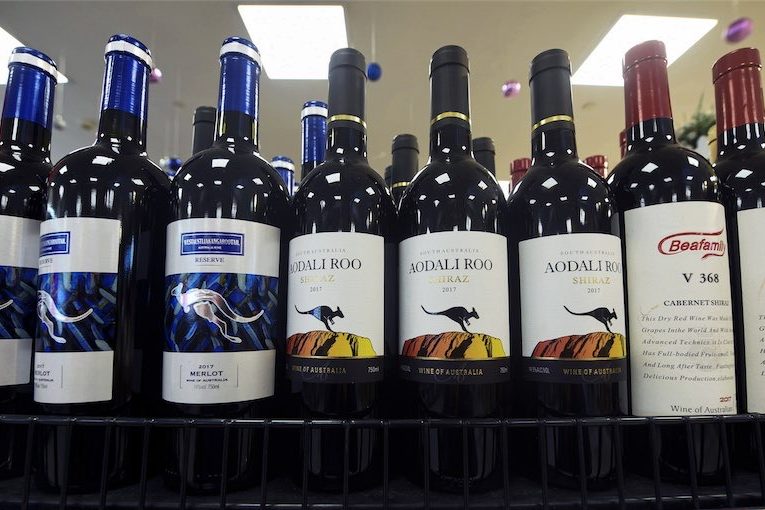Wine writer RICHARD CALVER finds himself irritated by a book that’s trying to explain the world of so-called wine people.
The first book I’ve read in 2025 is Wine for Normal People by Elizabeth Schneider, an American author.

It was published in 2019, but still remains relevant, especially about the basics of wine.
It is a book that is a useful resource, but in places the tone is annoying. The distinction that the author seeks to make between “wine people” and “normal people” is never fully realised, although from the outset Schneider indicates that it is mainly an issue of language: “Wine has its own lingo. It’s annoying. It’s frustrating. Wine people use words that we know in regular life in completely different contexts.”
The book is palpably an attempt to enter the world of so-called wine people. Schneider is definitely not a subscriber to the notion that you should just drink what you like: a position where my sensibilities rest.
She says that this is misguided: “If you don’t push yourself, you’ll never appreciate why certain wines are so great. As written by Paulo Coelho in my favorite (sic) book The Alchemist:’If you think adventure is dangerous, try routine; it is lethal’.”
Schneider urges readers to push through unpleasant taste experiences and to explore widely, even revisiting a wine region or grape variety you didn’t at first like to try a different vintage.
That’s a commendable outlook. But I’ll stick to the view that if people want to drink, say moscato, the sweet wine often redolent with peachy sweetness, then that is their choice and I’ll judge them not.
I like to explain why other wines taste good to my palate but the decision is, in my view, entirely for the individual. Standard deviation keeps me in line.
The book is also a window into seeing ourselves as others see us in the context of an American’s view of the Australian wine market. Her analysis of Australian wines drips with disappointment. The main feature of the Australian wine industry that Schneider points to is that “Australia is at sea in terms of identity”.
She says that there are people who are excited about Australia’s “high-end” wines. In addition, there are millions of people drinking at the “low end”: she points out that Yellow Tail sells around eight million cases of wine a year in the US. She laments that for those who shop in the $US15-30 range “it’s slim pickings”.
That’s indeed a disappointment given, for example, Canberra District wines that excel in that price range if given exposure in the US market.
Schneider puts this lack of good middle-range wines down to an oversupply of wine and once that is resolved, she says individual regions of Australia will feature more prominently and there will be a “push for organic and biodynamic farming to be a point of differentiation”, a trend that is, in my view, growing both domestically and internationally.
She also outlines her view of wines from other countries. Her view of NZ wines is of glowing praise, what she describes as a “love fest”; if disseminated widely it would up the ante on trans-Tasman rivalry.
From her tasting of NZ wines, they possess “a pure fruit flavor (sic)”. This leads to “a stunning clarity that lets you recognise and taste each flavor (sic) with nothing obscuring it.”
In her wrap-up of NZ wines she says that they are “some of the safest bets around – consistent, pure in flavour, and imminently drinkable”.
To assuage my Aussie readers, I recall that I was speaking with a fellow Kiwi the other day, and the subject turned to how many women we had made love to. I could see he started to count his, but the next thing I knew, he fell asleep. Normality?
Who can be trusted?
In a world of spin and confusion, there’s never been a more important time to support independent journalism in Canberra.
If you trust our work online and want to enforce the power of independent voices, I invite you to make a small contribution.
Every dollar of support is invested back into our journalism to help keep citynews.com.au strong and free.
Thank you,
Ian Meikle, editor






